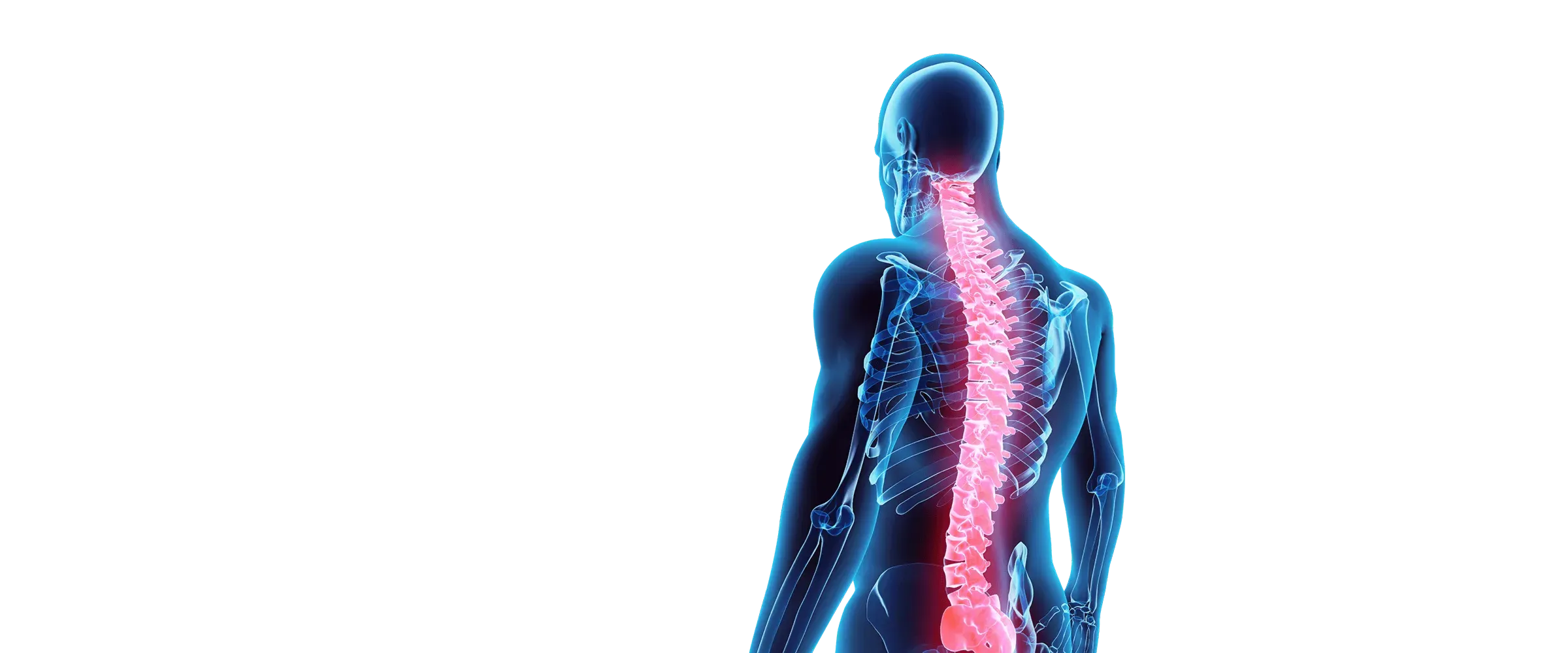Peak Experiences The American philosopher and naturalist Henry David Thoreau roamed far and wide over the hills and mountains of his native Massachusetts and neighboring New Hampshire. In his masterwork, "Walden," Thoreau famously stated that we must "reawaken and keep ourselves awake, not by mechanical
Read more

Chiropractors understand that one of the main causes of pain and disease is the misalignment and abnormal motion of the vertebrae in the spinal column called a subluxation. Chiropractic works by removing these subluxations in the spine, thereby relieving pressure and irritation on the nerves, restoring joint mobility, and returning the body back to a state of normal function.
Numerous studies have demonstrated that chiropractic care is one of the most effective treatments for back pain, neck pain, headaches, whiplash, sports injuries and many other types of musculoskeletal problems. It has even been shown to be effective in reducing high blood pressure, decreasing the frequency of childhood ear infections, and improving the symptoms of asthma. More and more scientific research is demonstrating the tremendous detrimental impact that subluxation have on the tissue of the body. In order to be truly healthy, it is vital that your nervous system be functioning free of interference from subluxations. Chiropractors are the only health professionals trained in the detection, location, and correction of the vertebral subluxation complex through chiropractic care.
The chiropractic adjustment is a quick thrust applied to a vertebra for the purpose of correcting its position, movement or both. Adjustments are often accompanied by an audible release of gas that sounds like a 'crack.' The sound sometimes shocks people a little bit the first couple times they get adjusted, but the sensation is usually relieving. Occasionally, minor discomfort is experienced, especially if the surrounding muscles are in spasm or the patient tenses up during the chiropractic procedure. There are times when the audible 'cracking' does not occur. This is often due to either significant muscle tightness or that the patient may be having a hard time relaxing during their adjustments.
In this section, you will find articles on chiropractic's history, how wellness and medical care differ, and what exactly is an "adjustment" is and how it's used in an chiropractor's office.
-
Peak Experiences
-
Dynamic Warm-ups
In a common occurrence, you bend over to pick up the pencil you inadvertently dropped on the floor. Or you bend over to pick up the soap bar that has slipped through your fingers in the shower. Or you bend over to lift a bag of groceries out of your automobile trunk. These are all daily events. But on
Read more -
Summer Sports
Summer Sports In the summertime, everyone's thoughts turn to the outdoors. We want to get out in the sun and have some fun. Some people do exercise outdoors, such as running, walking, and biking, all year long regardless of the weather.1 For others, summer's warmer temperatures make activity outside
Read more -
Wellness Gardens
Wellness Gardens When time is spent in an office or indoors day in and day out, some can lose that connection to the outside world. And that loss of connection can lead to higher stress levels and more health ailments without even realizing it. But when that the gap between office life and outdoor life
Read more -
Smart Shoulders
Our shoulder joints have the greatest range of motion of any of the musculoskeletal joints in our bodies. The shoulder joint is really two joints, the glenohumeral joint between the arm bone (humerus) and the shoulder blade (scapula) and the acromioclavicular joint between the acromion (a bony projection off the scapula) and the collarbone (clavicle). The glenohumeral joint is a ball-and-socket joint and the acromioclavicular joint is a gliding joint.
Read more


